Hidden Easter Eggs About Death Note Characters You Might Have Missed

1 year ago
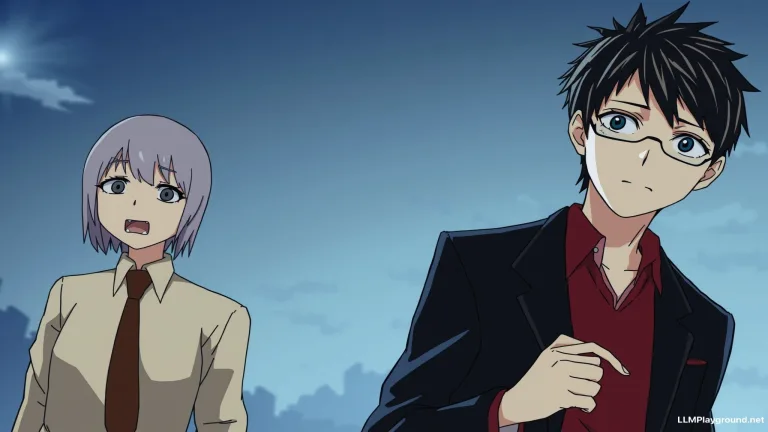
Introduction
Death Note is not just an iconic anime and manga series; it’s a treasure trove of hidden gems and Easter eggs that enrich its storyline and characters. Fans often find themselves captivated by the intense cat-and-mouse game between Light Yagami and L, but there’s so much more under the surface. For those who have watched the series multiple times, you might have missed subtle clues and references that reveal deeper connections and traits of the characters. These Easter eggs shed light on their motivations, personalities, and the broader themes of justice and morality that the series explores. In this blog post, we’ll dive deeper into the fascinating details about some of your favorite Death Note characters, from quirky references to significant visual hints that the creators inserted into the series. Whether you’re a seasoned Death Note aficionado or a newcomer, this exploration of hidden nuances will enhance your experience and appreciation of this groundbreaking story. Buckle up as we unveil the secrets that bring the characters to life and highlight the brilliant storytelling that has left an indelible mark on the world of anime and manga.
The Subtle Shadows of Light Yagami
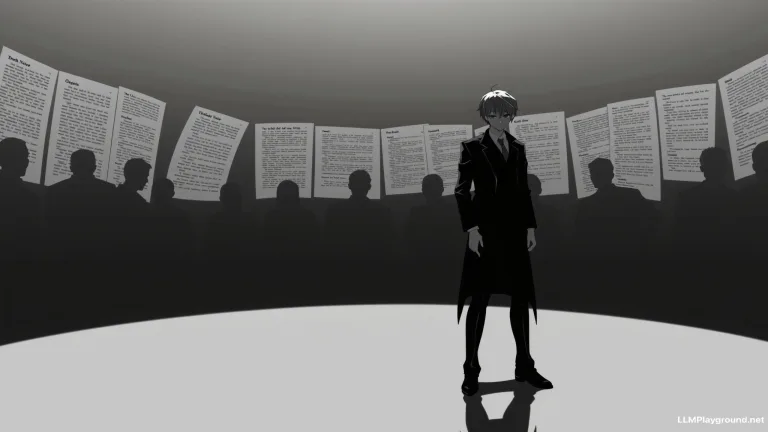
Light Yagami, the central character of Death Note, is often viewed purely as a genius mastermind, but his character's depth extends far deeper than what meets the eye. One of the most intriguing Easter eggs is his name itself. 'Light' can be seen as a symbolism of his initial intentions to create a 'light' in a dark world, but ironically, it parallels his descent into darkness as he adopts the role of Kira. This juxtaposition between light and darkness serves as both a narrative and thematic device that highlights the internal struggle within him.
Additionally, the manner in which Light interacts with others sheds light on another layer of his character. The way he charms those around him is not simply due to his intelligence; it's a calculated tactic that reveals his manipulative nature. For instance, his relationship with Misa Amane showcases how he uses her unwavering loyalty to his advantage, which not only adds complexity to his character but also raises questions about morality and manipulation. Understanding these subtle layers helps fans appreciate the genius of Tsugumi Ohba’s writing, emphasizing that each character in Death Note is crafted with intentionality that resonates beyond the surface.
L's Sweet Tooth: A Hidden Quirk

One of the more charming yet subtle aspects of L's character in Death Note is his undeniable sweet tooth. This hidden quirk not only adds dimension to his otherwise mysterious persona but also serves as a clever contrast to his serious nature. Fans of the series might recall scenes where L devours sweets while deep in thought or during intense investigations. This behavior isn’t just for comic relief; it hints at his eccentricities and habits that make him relatable, despite his genius-level intellect.
Moreover, L's affinity for sweets can be seen as a coping mechanism for the stress that accompanies being a world-renowned detective. Just as we might reach for a piece of cake after a long day, L’s indulgence in sugary treats highlights his human side amid the life-and-death stakes of the cat-and-mouse game with Light Yagami. Keep an eye out for these sweet moments, as they reveal layers of his character that make him more than just a brilliant mind aimed at capturing Kira. So, the next time you enjoy a sugary snack, remember: even the greatest detectives have their guilty pleasures!
Misa Amane’s Otaku Secrets
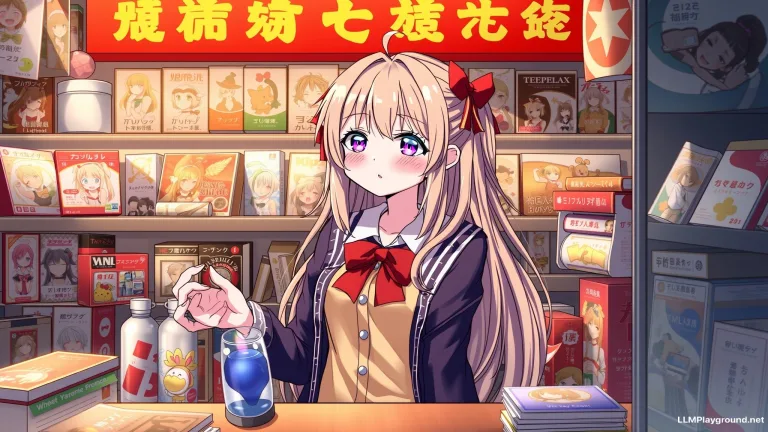
Misa Amane, the bubbly and fiercely loyal girlfriend of Light Yagami, is more than just a pretty face in *Death Note*. One of the hidden Easter eggs about her character is her deep connection to the otaku culture, which is subtly woven into her persona. In her scenes, you can spot several anime and manga merchandise around her apartment, hinting at her fandom. Her love for the popular band 'Misa's' symbolizes not only her obsession with Light but also her identity as a true otaku. Did you know that the *Death Note* creators initially designed Misa to represent the quintessential 'fan girl' archetype? They succeeded in showcasing how innocent passion can sometimes take a dark turn, blending admiration with obsession, mirroring the very themes of the series itself.
Another intriguing detail lies in Misa's cosplay. Her outfits often resemble those typical of characters from shoujo anime, giving her an artistic and fashionable edge. This choice is more than just stylish; it highlights her desire to be seen and adored, effectively reflecting her struggle for validation amid the chaos surrounding her. If you look closely, her wardrobe choices also pay homage to iconic characters, which serve as subtle nods to other beloved series in the genre. These elements make Misa a rich character who embodies the complexities of fandom, love, and identity, drawing in viewers while keeping them guessing about the layers hidden beneath her cheerful exterior.
Ryuk's Playful Mischief
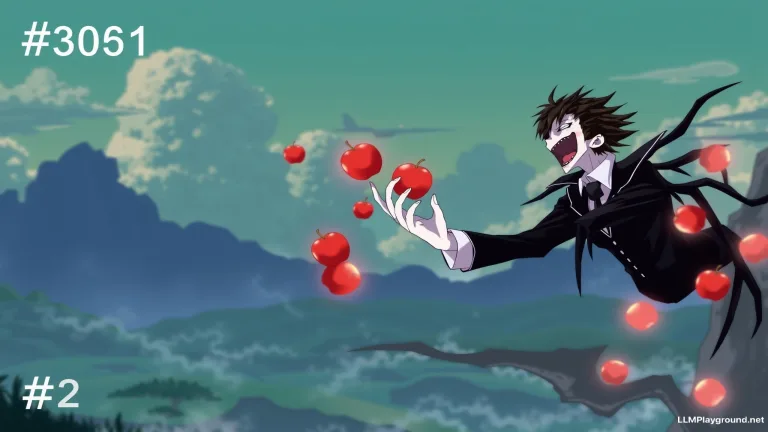
Ever noticed the subtle hints of Ryuk's playful mischief throughout the Death Note series? If you thought he was just a bored Shinigami looking for entertainment, think again. Ryuk's actions often reveal a deeper, more calculating side of his character. For instance, did you catch the moment when he intentionally drops an apple to distract Light from a crucial moment? This small act not only adds a touch of humor but also highlights Ryuk's influence over the unfolding events.
Another hidden gem is Ryuk's tendency to test Light's limits. Remember when he suggests Light should write his own name in the Death Note? This isn't just idle curiosity; it's a clever way for Ryuk to push Light's boundaries and see how far he's willing to go. These nuanced moments are easy to miss but add significant depth to Ryuk's character, showing that he's not just a passive observer but an active participant in the game of life and death.
The Emotional Depth of Near
Near, also known as N, is often perceived as a cold and calculative character in Death Note, overshadowed by his predecessor, L. However, if you look closely, you'll find layers of emotional depth that significantly enhance his character. Near’s upbringing in the Wammy's House served as an emotional crucible that forged not only his intellectual prowess but also his understanding of human emotions. Raised alongside other gifted children while receiving little affection, Near's struggles with loneliness and isolation resonate with anyone who has felt like an outsider. His journey is as much about solving the Kira case as it is about conquering his internal demons and demonstrating his ability to form connections, albeit in his unique way.
One fascinating Easter egg that often goes unnoticed is Near's relationship with toys. His fondness for building blocks and marbles is not just for recreation; these activities serve as coping mechanisms reflecting his need for control in an unpredictable world. The intricate ways he uses these toys to visualize plans during the Kira case symbolize his complex thought processes and emotional struggles. In a series dominated by moral dilemmas and psychological warfare, Near stands out as a character who battles with his own vulnerabilities while still emerging as a formidable strategist. This profound depth elevates Near from a mere rival of Kira to a character exploiting the intricacies of human connection intricately entwined with his tragic past.
The Hidden Brotherhood of Mello
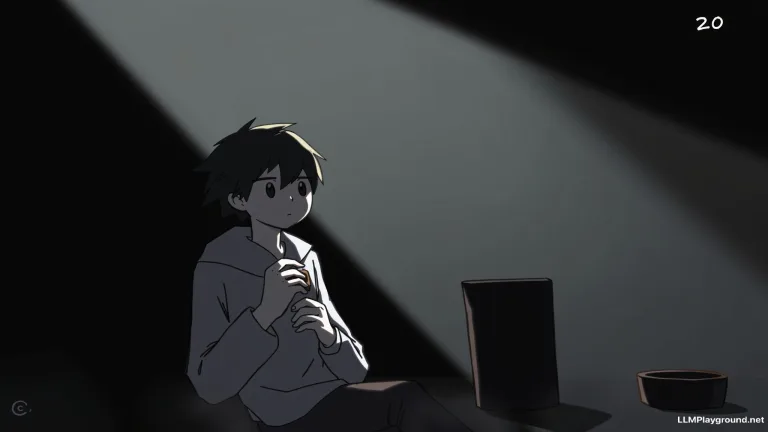
In the world of Death Note, the rivalry between Light Yagami and L is legendary, but many fans often overlook the intricate relationship between Mello and Near. Hidden within their dynamic is an unspoken bond that reflects their shared past as orphans raised within the same institution. Though they were at odds, competing to see who would inherit L's mantle, their rivalry is steeped in a brotherly rivalry that adds depth to their characters. This hidden brotherhood showcases not just competition but also a deep-seated desire to prove themselves worthy of L's legacy, making their journey a poignant exploration of ambition and sibling rivalry.
Mello’s obsession with obtaining the Death Note and utilizing its power directly contrasts Near's more cerebral approach, but beneath this surface-level feud lies a complex interplay of affection and resentment. Both characters were molded by their experiences, ultimately leading them down divergent paths. Mello’s brashness and impulsivity can be interpreted as a cry for validation from someone who once admired Near in their youth. This dimension of Mello's character not only enriches his storyline but also highlights the emotional stakes at play as they navigate their fated encounters. The subtle hints throughout the series, from their interactions to their strategic decisions, collectively paint a picture of two characters who are far more connected than they initially appear.
Beyond the Surface: Clarifying Watari’s Role
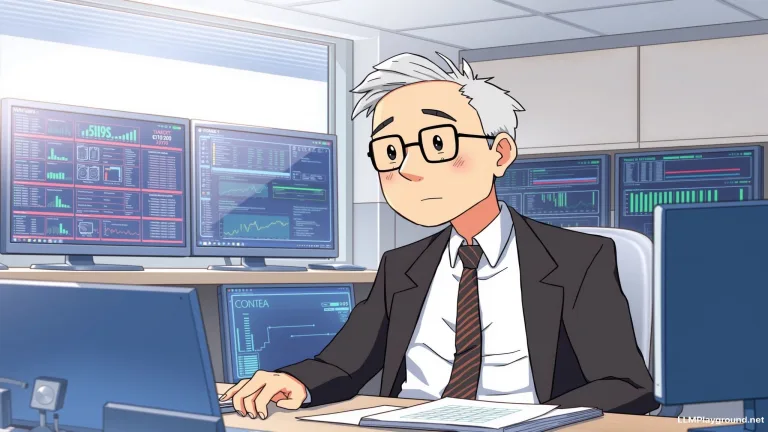
In the intricate world of Death Note, Watari, also known as Quillish Wammy, serves as more than just a butler for L. His character embodies the notion of a guardian angel who is shrouded in mystery. As the head of Wammy's House, Watari is responsible for nurturing and training gifted children, including Near. This often-overlooked aspect highlights the depth of his commitment to finding justice. Furthermore, his calm demeanor and poised attitude often mislead viewers into thinking he is merely a secondary character, while in reality, he is integral to L's investigative prowess. Watari's relationships with other key characters subtly illustrate his influence on their moral compass, making his role far more profound than it appears at first glance.
Additionally, Watari's technological expertise plays a critical role in the tactical maneuvers of L's investigations. Often, fans may overlook his contributions to the high-stakes game of cat and mouse as he supports L with advanced technology and strategic insights. In essence, Watari acts as a bridge between L's genius and the practicalities of their bustling detective work. By dissecting his character, we can appreciate how Watari stands as a pillar of support, proving that sometimes, the most vital players aren’t always in the spotlight. Ultimately, Watari’s layered character urges viewers to reconsider their assumptions and recognize the essential roles that all characters play in the overarching narrative of Death Note.
Tactical Mind Games: Teru Mikami's Beliefs
In the intricate world of Death Note, Teru Mikami emerges as one of the most fascinating and complex characters. Often perceived as a mere fanatic, Mikami's beliefs are rooted in a deep sense of justice, which he manipulates to suit his interpretation of morality. His unwavering devotion to Kira, or Light Yagami, makes him more than just an obsessive follower; he embodies the extreme lengths one might go to uphold their ideals. This raises questions about the morality of his actions and the belief system that underpins them. Revealing the hidden layers of Mikami's character prompts a closer examination of the relationship between power and responsibility.
One of the most subtle yet critical Easter eggs surrounding Mikami's character is his meticulous nature when using the Death Note. Each time he writes a name, there is a ritualistic precision that mirrors his ideological alignment with Kira's vision of a new world order. This obsessiveness not only enhances his tactical effectiveness but also highlights the psychological warfare at play. Mikami's mind games are not all what they seem. Though he appears as an obedient pawn, his actions often reveal a strategic mindset that complicates the viewer's understanding of right and wrong. By analyzing these details, fans can appreciate how Mikami challenges traditional narratives surrounding justice and morality in the story.
The Enigmatic Relationship of Kira and L
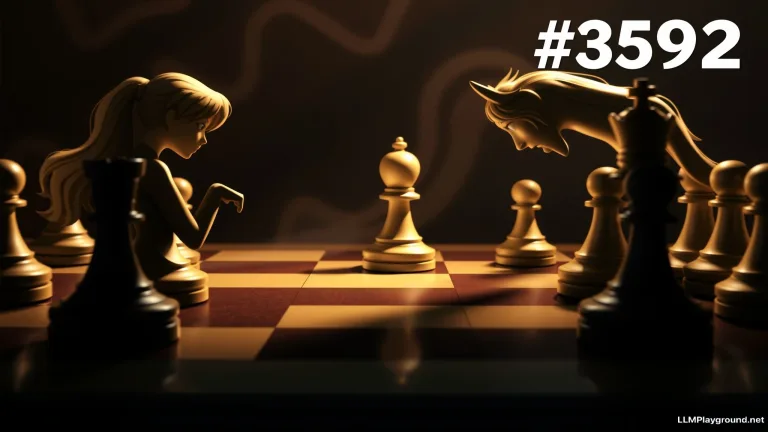
The relationship between Kira, or Light Yagami, and L is nothing short of a psychological battlefield. From their first encounter, the tension is palpable, with both characters operating on their own moral codes and worldviews. While Light believes he is the harbinger of justice, L's unwavering dedication to uncovering the truth places him directly in Light's path. This cat-and-mouse dynamic is not just thrilling; it also reveals deeper layers of their personalities. For instance, Kira’s obsession with godhood contrasts sharply with L's nonchalant demeanor, underscoring their differing philosophies. As viewers, we can't help but wonder how two such profoundly different individuals can be so closely intertwined in this life-and-death struggle.
Moreover, if you closely analyze their interactions, you’ll find subtle hints at mutual respect that often goes overlooked. Throughout their encounters, there are moments where L demonstrates an understanding of Light's capabilities, treating him less as a rival and more as an equal. This is especially evident when L challenges Light to outsmart him, setting the stage for the ultimate intellectual duel. Additionally, their psychological games serve as a fascinating commentary on the nature of justice itself. Kira's methods provoke questions about morality, while L embodies the complexities of law enforcement. This hidden depth in their relationship not only enhances the narrative but also invites viewers to explore moral ambiguities in the pursuit of justice.
The Ephemeral Nature of Shinigami
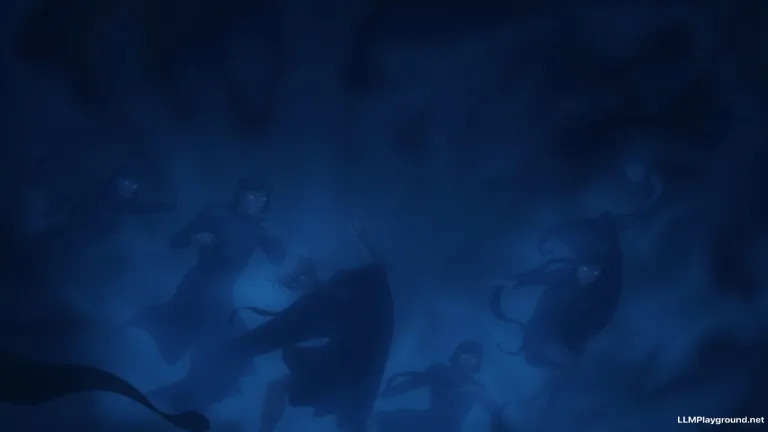
In the dark universe of Death Note, the Shinigami, or death gods, play a crucial role in the narrative's unfolding. What many fans might not realize is the ephemeral nature of these beings, which is intricately woven into the storyline. Each Shinigami is tethered to a death note, their only means to extend their lifespan, and the more human lives they take, the longer they can exist. This subtle hint at their fragility evokes a deeper philosophical interpretation of life and death within the series. Consider that each Shinigami's lifespan showcases a theologically significant concept: the balance of life and death, making the impact of their choices weigh heavily throughout the series. It's a fascinating reflection of the impermanence we all face, even in the afterlife!
Moreover, one of the more intriguing aspects is how the design of Shinigami themselves conveys their transient existence. For instance, Ryuk, known for his mischievous demeanor and love for apples, embodies a distinct blend of detachment and curiosity about the human world. This juxtaposition serves to highlight how their desire for entertainment leads to unforeseen consequences. As viewers witness how Ryuk and other Shinigami interact with their humans, noticing their lack of emotional attachment can be a reminder of their own mortality. Thus, the Shinigami's ethos not only emphasizes their role in the human realm but also serves as a mirror reflecting our own transient existence, adding complexity to their characterization and the overall narrative.
Conclusion
The world of Death Note is rich with intricacies that go beyond the surface narrative. By uncovering the hidden Easter eggs tied to various characters, fans can gain a deeper understanding of their flaws and virtues. These seemingly minor details often illustrate major themes and character arcs that elevate the storytelling to another level. So, whether you’re rewatching the series or revisiting the manga, keeping an eye out for these hidden nuances can transform your viewing experience. Have you discovered any Easter eggs that we haven’t covered? Share your findings and theories in the comments below! Engaging with other fans can lead to even more revelations about the characters and their journeys. Death Note continues to resonate with audiences because of its brilliant writing and creativity, making it a classic that will always have something new to reveal.
Frequently Asked Questions (FAQs)
Q: What are Easter eggs in Death Note?
A: Easter eggs are hidden details or references that enrich the story and characters within the series.
Q: Why are Easter eggs significant in storytelling?
A: They provide deeper insights into characters and themes, enhancing the overall narrative experience.
Q: How can I find Easter eggs in Death Note?
A: Rewatch the series with a keen eye for details, or read analyses and blogs that discuss hidden elements.
Q: Are there any character-specific Easter eggs?
A: Yes, many characters have unique references or traits that may not be immediately obvious but reveal more about them.